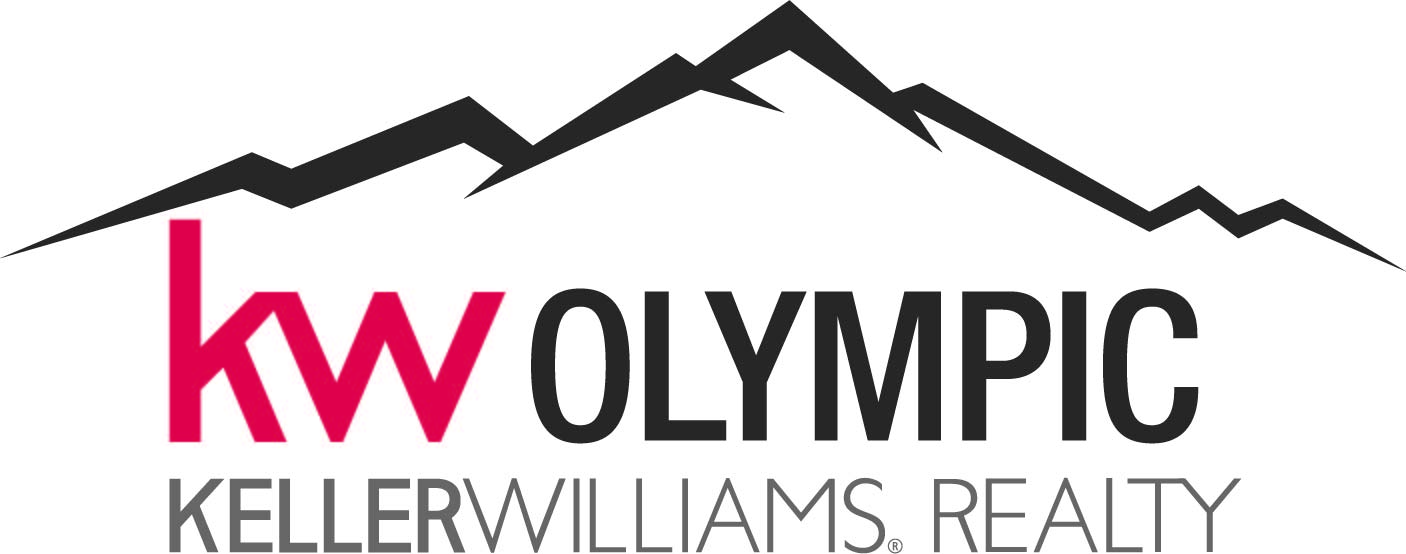Published May 24, 2019
ADDRESSING MOLD ISSUES

Everyone, at one point in their life, has encountered mold. Whether you’re out walking on a beautiful nature trail or climbing into your musty project car you PROMISED yourself you’d complete, we’ve experienced mold in all its beauty. Although some mold is GOOD, the majority of mold can create serious structural and health complications. When it comes to your home, it’s best to know how mold affects us and what preventative measures we can take to ensure a clean and safe environment for everyone to enjoy! We’ve broken down some crucial information to keep you up to speed.
1. The key to mold is moisture control. Attics and crawlspaces are common areas for mold to grow in a home unnoticed. A simple visual inspection could reveal problems in early stages where permanent damage can be avoided and corrected. Make sure your attic and crawlspace have sufficient ventilation and insulation to help in regulating temperature throughout the year. Proper gutters and drainage around the home help in directing water away from these hidden areas for mold to hide. In all other areas of the home that constantly come in contact with water (kitchen, bathroom, laundry room etc.) make sure that seals are properly maintained and replaced as needed and ventilation is adequate for that space. If water damage is to occur, quick & effective action to dry those areas is critical within the first 24-48 hours to prevent mold growth.
2. Mold can cause an array of health problems in either short term or long term exposure. Depending on the type of mold, you could be exposed to a number of allergens causing different side effects resulting from allergic reactions. Some produce irritants against your skin, eyes, or respiratory system, while others produce mycotoxins that can cause problems for your body on a more extensive level and possibly lead to death if exposure is long enough. Depending on the type of mold and the size of the job, it may be worth your time to contact a contractor or a mold specialist to ensure the job is done quickly and correctly.
Hopefully this information, with these quick tips, has put a tool in your belt that YOU can use down the road to direct your actions when you encounter your next moldy adventure. Remember, only YOU can prevent mold growth!





